100th Anniversary Great Nave Tour at the Cathedral of St. John the Divine
Celebrate the 1925 construction of the stunning nave inside the world's largest Gothic cathedral!


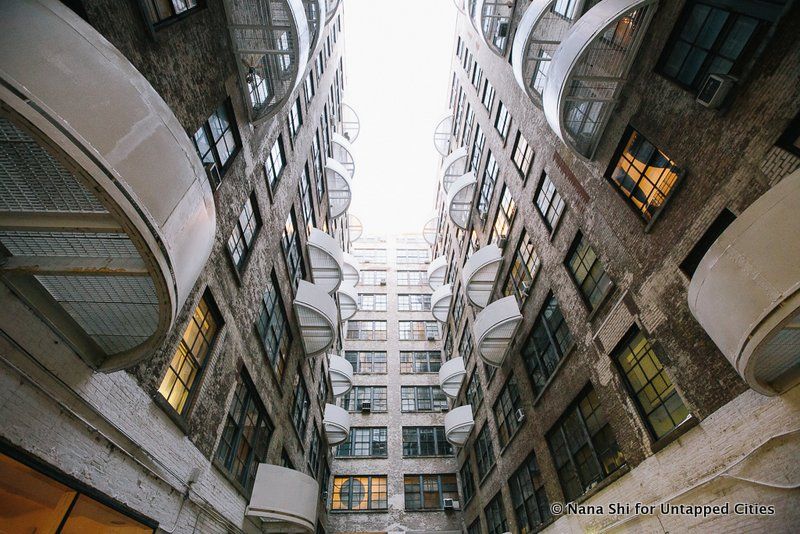
Westbeth Artist Housing in the West Village is home to 384 multi-disciplined artists – but this adaptively reused building was not always a residential complex. The idea to turn this five-building industrial facility, formerly a Bell Labs research facility, into affordable housing and studios for New York City’s artists and their families was conceived in the 1960s and the community is thriving to this day. Westbeth, named for its cross streets of West and Bethune, opened in 1970 as the first and largest federally subsidized artist’s complex in the United States. The groundbreaking opening of Westbeth was not the first or last, momentous event to take place at this site.
On a recent Untapped Cities Insiders tour led by Westbeth Artist Residents Council President Roger Braimon, we discovered many fascinating secrets of the unique housing complex. From its past as an industrial lab to its amazing art history, here are the top 10 secrets of Westbeth Artist Housing:
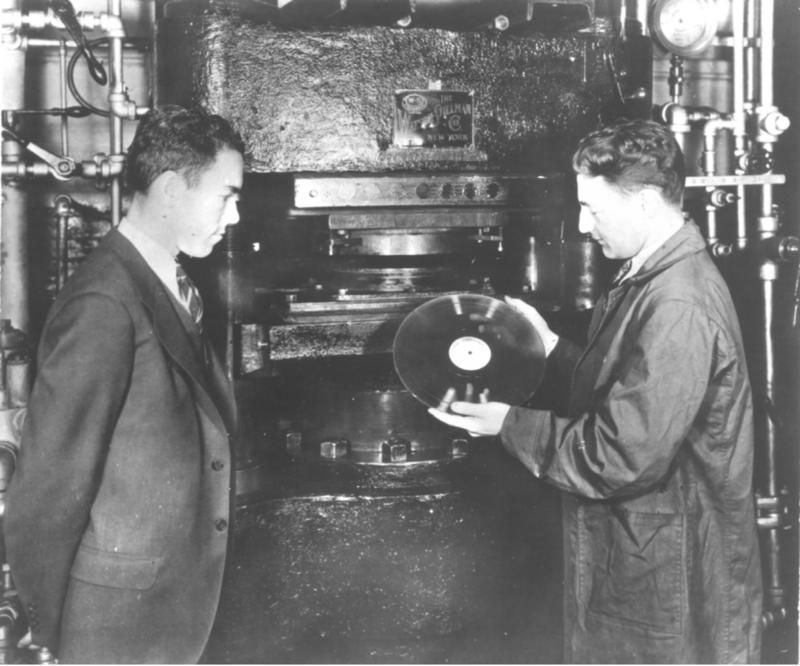 Photographs Courtesy of Nokia Bell Labs
Photographs Courtesy of Nokia Bell Labs
Before Westbeth was an innovative housing complex, it was a cutting technology research facility for Bell Telephone Laboratories, once the largest industrial research center in the United States. It was at this massive laboratory that many technological breakthroughs were made such as the first television broadcast. The first broadcast was transmitted between 463 West Street and Washington, D.C. in 1927. Other breakthroughs that took place at Bell Labs include the first demonstration of a binary computer, the invention of the condenser microphone, and the development of technologies like the silicon solar cell, transoceanic telephone cables and lasers. The advanced experiments in sound done at Bell Labs eventually led to the first talking picture and the creation of high fidelity long-playing (LP) records and the record-playing stylus.
In 1896, The Western Electric Co. built an office and factory building for telephone-related equipment at 455-465 West Street, 149 Bank Street, and 734-742 Washington Street. In 1925, Western merged with Bell Telephone Laboratories and converted the factory into research and development facilities. The complex was expanded with the construction of 744-754 Washington Street, 151 Bank Street and a pioneering experimental sound motion picture studio. The laboratory also took over 445-453 West Street, a large Italianate-style building that was built circa 1860 and served as the Hook’s Steam-Powered Factory Building. It is one of the few 19th-century industrial buildings that still exist along the Hudson River waterfront.
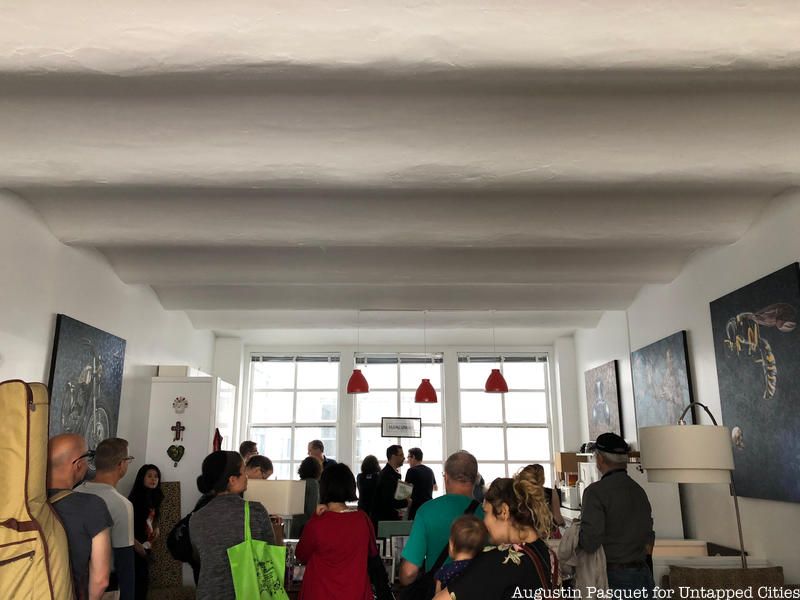
The wavy, undulating ceilings of Westbeth are holdovers from the compound’s history as a laboratory. Bell Labs was full of heavy industrial machinery, and this design allowed for more weight per square foot to be supported.
Noise from the city, especially the elevated freight railway along West Street and lack of space for its growing workforce forced Bell Labs to relocate its headquarters to Murray Hill, New Jersey in 1941. Plans to convert the industrial complex into a housing facility for artists were solidified in the 1960s and groundbreaking on the renovations took place in 1968. The Richard Meier- designed residences opened in 1970. The transformation of Westbeth is considered one of the most successful examples of adaptive reuse, the process of turning a formerly industrial site into residences.
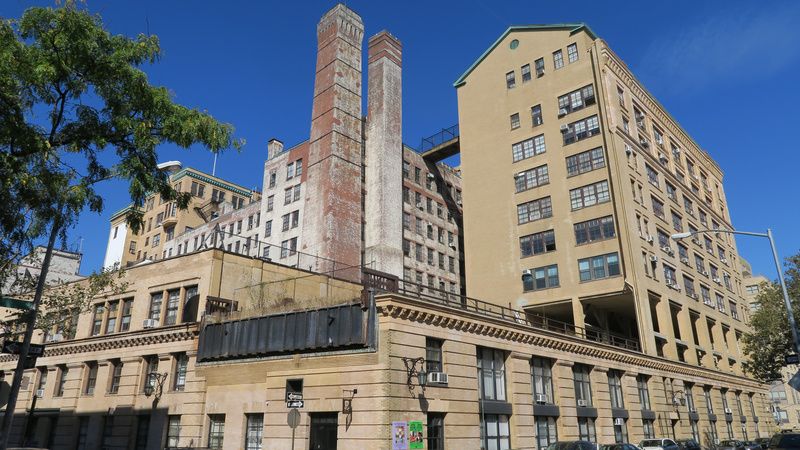
Photo by Roger Braimon

The NYC Grade Crossing Elimination Act of 1928 authorized two projects that together were called the West Side Improvement. Part of this improvement project was an elevated freight railway from the New York Central Railroad’s yards near Penn Station, to the new St. John’s Park Freight Terminal at West and Clarkson Streets. This required the rails to go right through one of the buildings at Bell Labs. The railway passed through thirty buildings in total. The line was created to benefit the butter and egg market that was centered in lower Manhattan, and to make transportation easier between the Hudson River and metropolitan areas. The railway was discontinued in the 1970s.
Today, the remnants of this railway are part of the High Line public park north of Westbeth. Tracks south of Westbeth were torn down, but you can still see the open corridor through which the freight trains once passed.

Westbeth Artist Residents Council President Roger Braimon tells Untapped Cities that the wait for an apartment at Westbeth is currently between twelve to fifteen years long.
Part of the reason the wait is so long is because once people are in, they don’t want to leave. 11-14% of the original tenants from 1970, when the complex first opened, still live there. Also, children are allowed to take over apartments from their parents, which further extends the wait for new residents.The housing complex had to stop accepting new applicants in 2007 because the waitlist had grown to over 250 people! However, we are told that one, two, and three bedroom lists are going to be opening up soon.
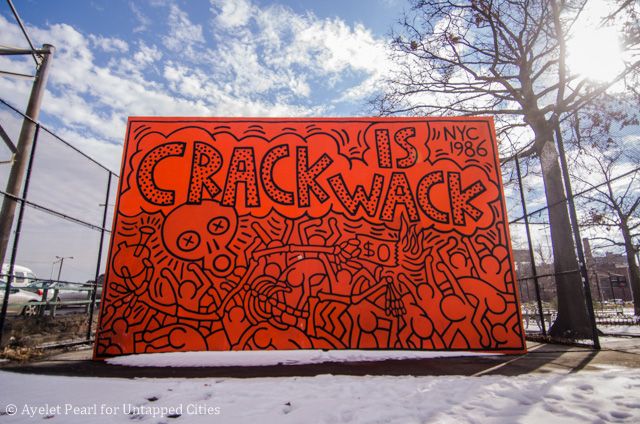
The famous American pop-artist Keith Haring had his first solo exhibition, Des Refusés, at the Westbeth Painters Space on February 10, 1981. To advertise the event, Haring created flyers like the ones once displayed n the Brooklyn Museum.
Today, the Westbeth Gallery showcases the work of professional artists who live in Westbeth as well the work of artists and curators from outside Westbeth through an open call for proposals. Proposals are accepted annually from February to April. Cultural organizations also exhibit work there, such as the Whitney Museum Staff show, Parsons Fine Arts MFA exhibition, New York Foundation of the Arts Fellows, and many more. This month, the Westbeth Gallery will be home to an exhibition connected to Art in Odd Spaces (see more information here).
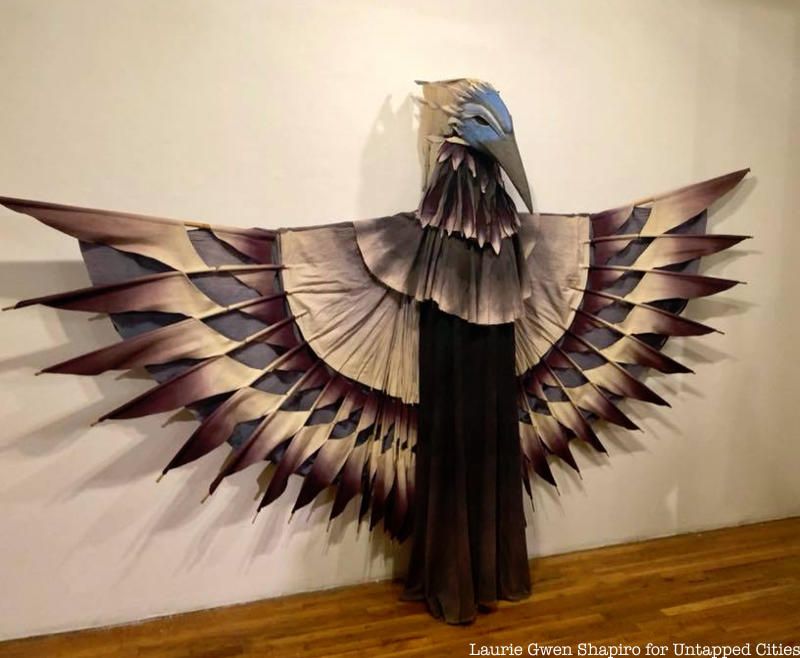
A Ralph Lee puppet that was part of the Greenwich Village Halloween Parade, on display at Westbeth
The iconic Greenwich Village Halloween Parade was started by a Westbeth resident. Ralph Lee, a puppeteer who is an original and current tenant, launched the parade in 1974 as a wandering neighborhood puppet show for his children and their friends. The parade started in the Westbeth courtyard and made its way along West Street to Washington Square, a mile-long route. The parade featured over 100 giant puppets and masks that were created by Lee, as well as performers and musicians. The parade continued as an unofficial tradition until 1976 when it became an official nonprofit organization and a production staff was hired. The next year saw a route change and the first appearance of the giant spider at the Jefferson Market Library. Ralph Lee acted as the parade director until 1985 when the position was taken over by Jeanne Flemming who still manages it today.
The Greenwich Village Halloween parade is the largest event of its kind which has attracted over two million spectators and 60,000 participants! Untapped Cities Insiders got to meet Ralph Lee on a recent tour of Westbeth and also saw some of his puppets on display. In March 2018, Lee was honored as a Westbeth Icon. You can watch a video about his life and work here.
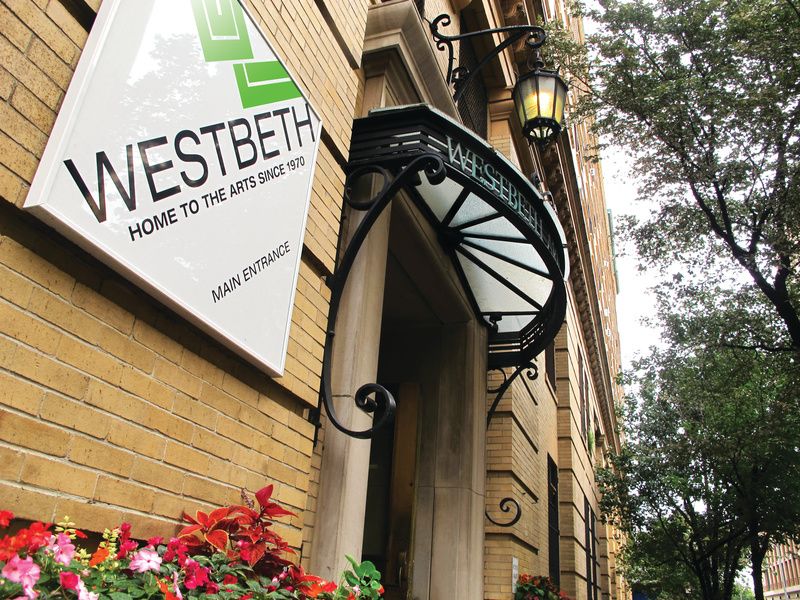
Photograph by Roger Braimon
The walls of Westbeth are bursting with talent, so it’s no surprise that you would recognize the famous names of some of its former residents. These include actor Vin Diesel, abstract impressionist painter Robert De Niro Senior (father of actor Robert Di Niro Jr.) and photographers Diane Arbus, and Bob Gruen who is known for his rock and roll photography. A portrait Gruen took of John Lennon on the rooftop of Lennon’s Manhattan apartment in August of 1974 was recently turned into a commemorative postage stamp.
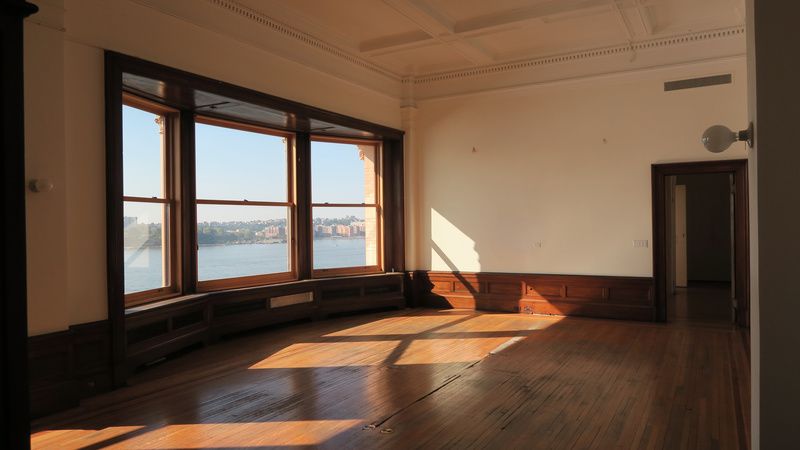
Photograph by Roger Braimon
This space on the 12th floor of Westbeth was once the executive suite of Bell Labs. The 1,784 square foot apartment is located in a historic building designed by Cyrus L. W. Edilitz, the architect of the original 1 Times Square Building, in 1898. This historic suite is currently empty and available to rent. The space is unique from the rest of the residences since it features original wood panelling which also extends into the 12th floor hallway. Another features of the suite include fifteen foot ceilings and spectacular view of the Hudson River from the large bay window.
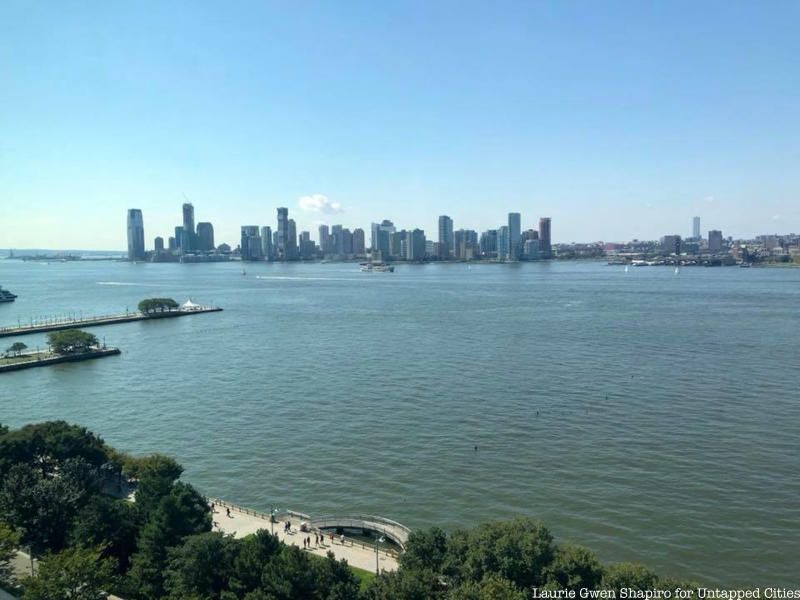
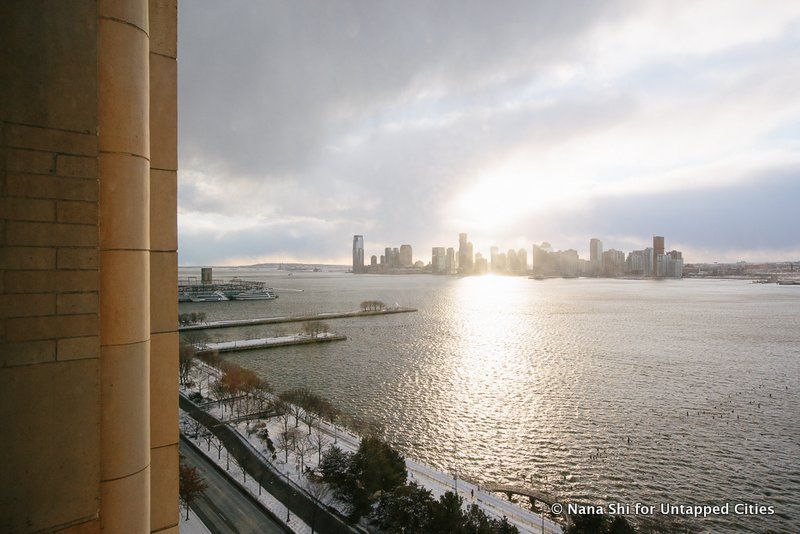
In 2012, Westbeth, like much of downtown New York City, was flooded by Hurricane Sandy. The storm brought eleven feet of water into the building and destroyed years of artwork and history. A $40 million dollar renovation program, “Build it Back,” has been in progress since the destruction. Plans for the program, which being conducted in partnership with the NYC Department of Housing Preservation and Development, include renovations that will repair the damage caused by Sandy and mitigate future damages by taking precautions such as upgrading cellar windows and installing a new emergency generator.
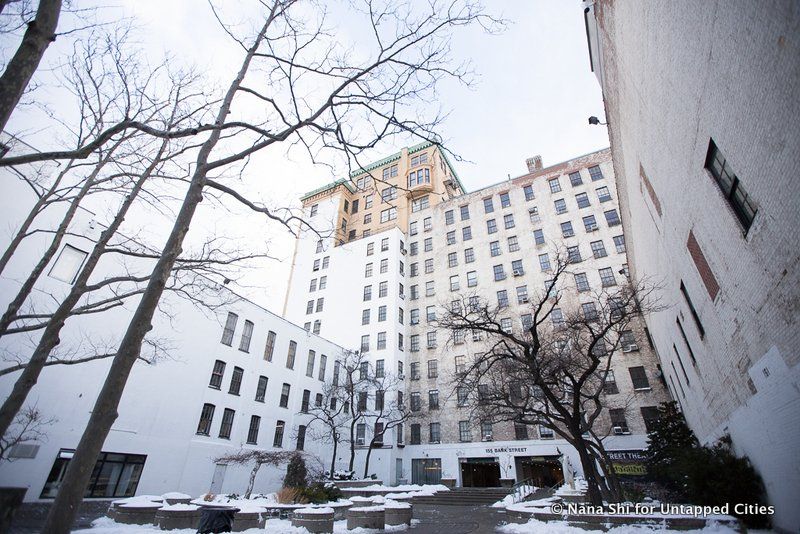
Since Westbeth has retained many original tenants from 1970, which was almost fifty years ago, the majority of the tenant population is now over sixty years old, making Westbeth an official NORC, or Naturally Occurring Retirement Community. A NORC is a specific community or housing facility not originally designed for seniors but has a significant proportion of older residents. A Village Voice article from 2009 highlighted the challenges of the aging community such as the extra care and services some senior residents require.
Tobias Scheebaum, a late resident of Westbeth, was a writer, artist and explorer. Scheebaum was granted a Fulbright fellowship to study art in Peru in 1950. While in Peru, Schneebaum learned about the Arakmbut tribe, a group of people deep in the jungle who still used primitive tools and didn’t take kindly to outsiders. Schneebaum was inspired to find them, and he did. Schneebaum lived happily among the Arambut tribe, where homosexuality was accepted and the stresses of modern life were far away, for seven months. One night, Schneebaum accompanied a group of men on what he thought was going to be a routine hunting trip, but turned out to be a raid on another tribe. The Arakmbut murdered all of the men in the village and in celebration, ate parts of their bodies.
In his 1969 memoir, Keep the River on Your Right, Schneebaum admits to taking part in the cannibalistic activity. He left the tribe shortly after the incident to return to New York. The validity of his story has been contested through the years, though Scheebaum defended it until his death. Schneebaum returned to the tribe in the 1990s to film the award winning documentary “Keep the River on Your Right: A Modern Cannibal Tale,” co-directed by Laurie Gwen Shapiro, an Untapped Cities writer and Insiders member. Schneebaum famously had an extraordinary collection of primitive art and skulls in his apartment, many items of which were bequeathed to the Metropolitan Museum of Art.
Next, check out 10 Historic Buildings in NYC Repurposed for the Arts
Subscribe to our newsletter